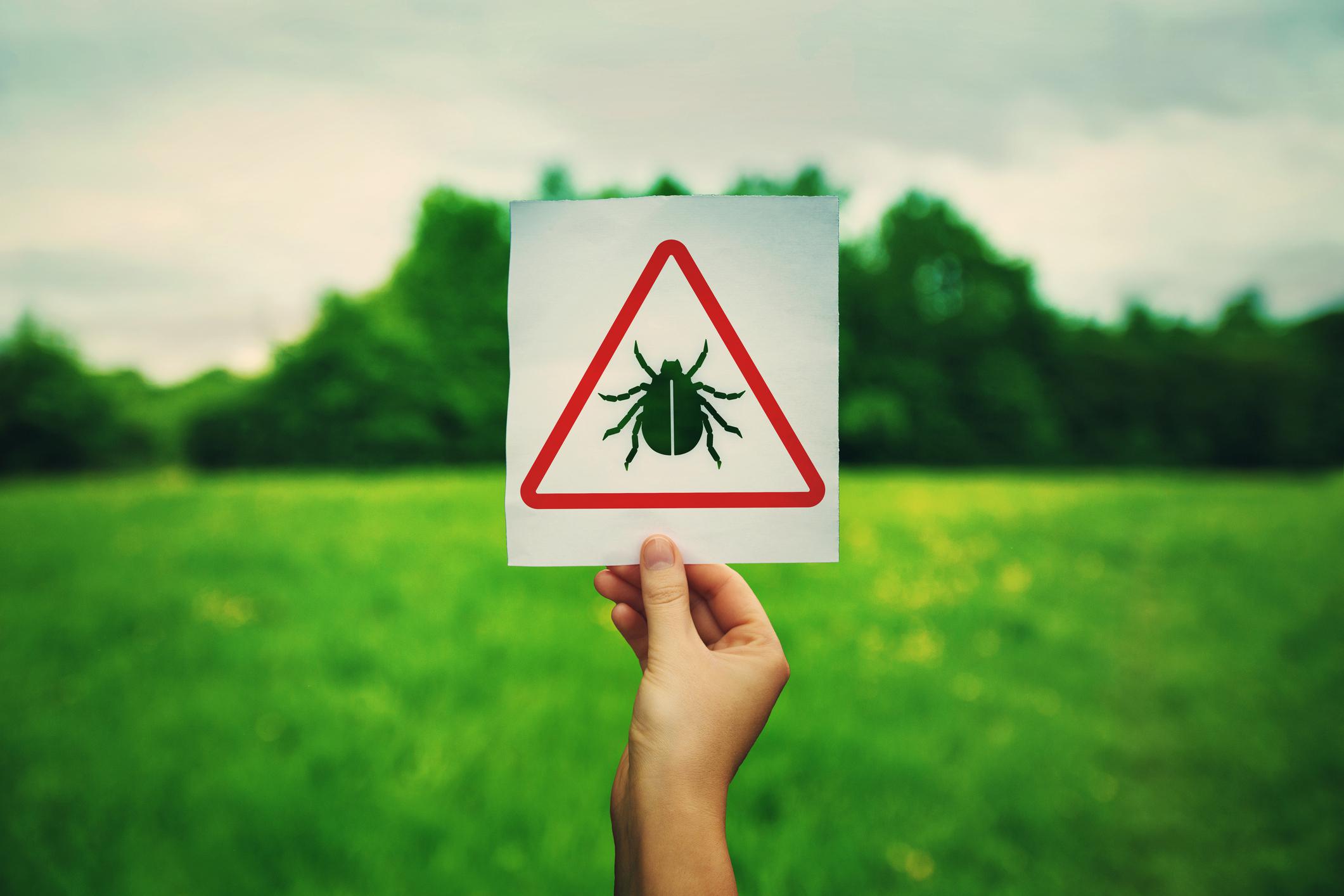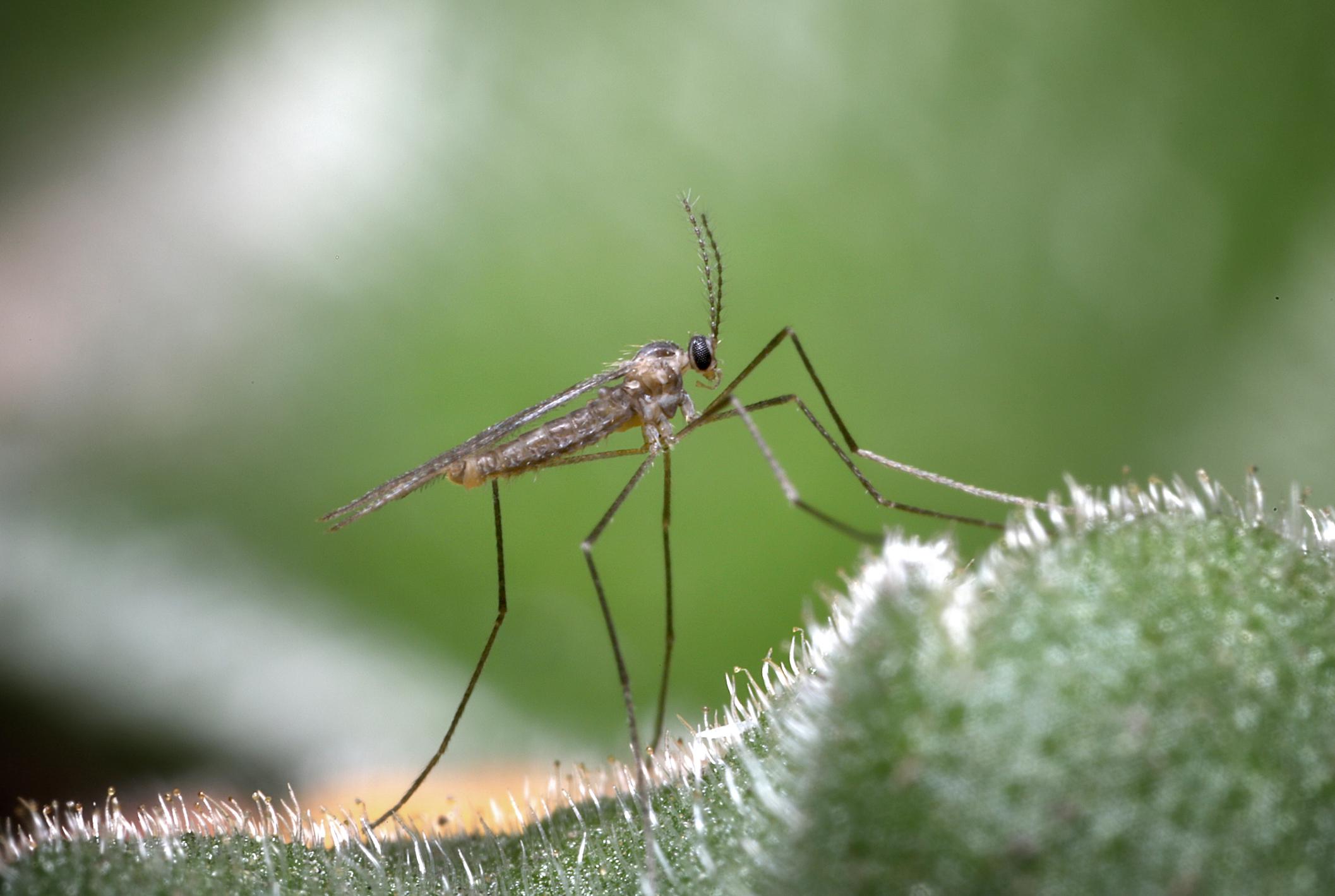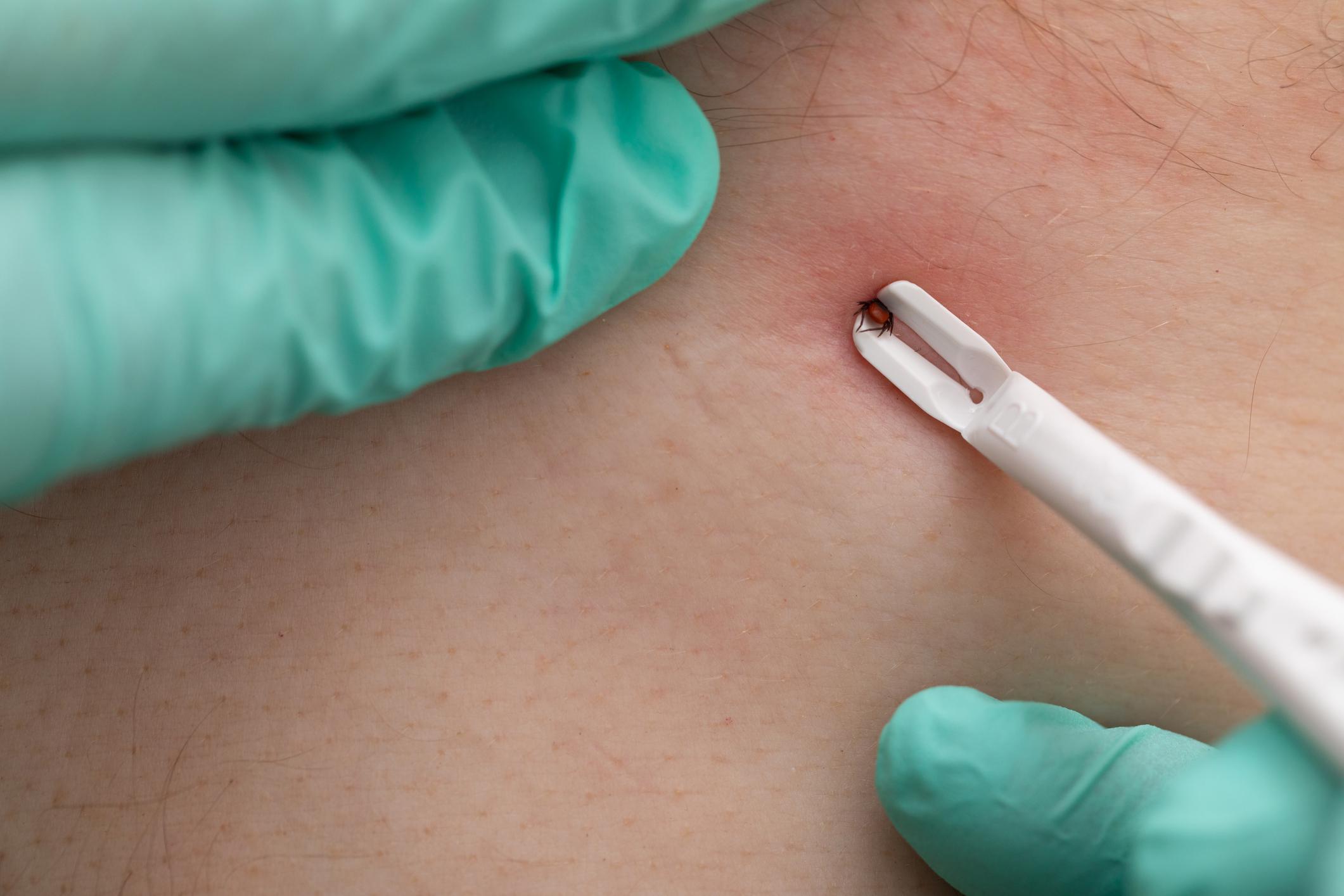Lyme Disease Survivor Spotlight: Monte Skall
Posted by Mosquito Squad
May 15, 2017
The signs were there from the beginning.
In 1991, Monte Skall was bitten by a tick while outside mulching. She experienced the bullseye rash and came down with the typical flu-like symptoms. However, at that time, she had never even heard of Lyme disease.
And when she went to a dermatologist in McLean about the rash, he had no clue either. All he knew was that it wasn’t poison ivy and it wasn’t poison oak.
“He said, ‘Whatever it is, Monte, don’t worry about it. Put a little steroid cream on it,” Monte said. “And that was the beginning of my journey with this disease.”
As is the story for many individuals with Lyme disease, it would take Monte several years and multiple doctors until she finally found the answer to her mysterious illness.
“It was a long journey, and no one had a clue what was happening,” Monte said. “It started as flu-like symptoms but very quickly became neurological. I had everything from muscle twitching to poor vision to pins and needles in my extremities.”
Lyme is a systemic disease, which means it can affect every part of your body: your brain, your heart, your muscles, and your skin. When a doctor sees a patient exhibiting such a wide variety of symptoms, they often don’t know what to make of them.
“A physician, depending on their specialty, focuses on that area,” Monte explained. She gave the example of how neurologists study the nervous system, including the brain and spinal cord. “But when they see a patient with the multisystemic system, it can be overwhelming to these physicians.”
A year after being bitten, Monte was wheelchair-bound. She hadn’t lost the use of her limbs, but for over a month, it was too painful for her to walk. She went to the Mayo Clinic in Rochester, Minnesota and spent two weeks and thousands of dollars, looking for an answer.
“Nobody mentioned Lyme disease,” Monte said. “And because I didn’t know anything about Lyme disease, I didn’t think to bring it up.”
There, they diagnosed her with fibromyalgia. However, similar to Amy’s story, her symptoms didn’t quite fit the diagnosis.
“Back in the 90s, fibromyalgia was the disease du jour… When they couldn’t figure out what somebody had, they had fibromyalgia,” she said. “I never really accepted that diagnosis. I always felt it was a systemology of an underlying disease.”
Monte struggled with symptoms for years, until a friend advised her to get tested for something called Lyme disease.
Seven years after being bitten, Monte received her test results back, which were positive for Lyme disease. She was finally properly diagnosed.
“When the test came back positive, I realized this was the cause of all my symptoms.”
The Formation of National Capital Lyme
After being diagnosed and speaking to other individuals battling Lyme disease, Monte realized just how common her story was.
“We heard from too many people who had the same story,” she said. “They weren’t diagnosed in time.” According to ILADS, the average Lyme patient will visit 5 doctors over 2 years before being properly diagnosed. However, that is part of the tragedy of Lyme disease. If a patient receives the appropriate treatment soon after they’re bitten, they can be cured.
“There is a very important window of time after a person is bitten that they can get a proper diagnosis and treatment,” Monte said. Unlike other diseases, such as Lupus or MS, where you maintain and depress the symptoms, Lyme disease is curable. However, after that window of time closes, it becomes harder and harder to eradicate the disease.
For Monte, that’s one of the reasons why awareness is so important. As a former teacher, she recognized early on that informing and educating the public was a key factor in the fight against Lyme disease. In 2001, the National Capital Lyme Disease Association (NatCapLyme) was incorporated to become a nonprofit, with Monte as their Executive Director.
“This association was born out of a need to educate and to offer support to Lyme patients and their family members,” Monte said.
When Monte was first bitten, there was an “information desert” when it came to knowledge about Lyme disease. Due, in part, to great strides by organizations like NatCapLyme, more and more people today are aware of the dangers of Lyme disease and other tick-borne illnesses—and know how to take protective measures.
“For 17 years, we have given support to Lyme patients and their family members through our support group meetings, and we will never give up this type of educational support. That is what keeps us grounded,” Monte said.
Winning the Fight Against Lyme Disease
NatCapLyme has seen some great successes since 2001.
They’ve advocated for patients in Congress, speaking at the Institute of Medicine, presented a published paper about a patient’s perspective on the research gaps in Lyme disease, and participated on state task forces to study Lyme and tick-borne diseases in both Virginia and Maryland. However, there’s one accomplishment they’re especially proud to have been a part of the Lyme Disease Testing Information Disclosure Act of 2013.
Monte traveled all over Virginia as a panel member representing Governor Bob McDonnell for the State Task Force on Lyme and Tick-borne Diseases. From Virginia Beach to Lynchburg and Harrisonburg to Fairfax, she attended numerous town hall meetings and had the chance to listen to people’s experiences with Lyme and other tick-borne diseases. She heard the same story, again and again.
These individuals would say, “I did what I was supposed to. The tick was engorged, I saw the bullseye rash, and I went to the doctor. The doctor drew my blood, called back, and said that everything was fine; I didn’t have Lyme disease… Now, six months later, I can’t get out of bed. What happened?”
“Well, we knew what happened,” Monte said. “Testing is not very reliable or sensitive, especially with the ELISA, and that’s the first line of testing.”
The ELISA test measures for antibodies in the blood. However, it can take a healthy person anywhere from 4 to 6 weeks to develop the antibodies the ELISA tests measures. If someone tests too early, they may not have produced the antibodies to the pathogen and will not test positive.
“These patients are told they’re fine, and they miss a really important window of time to be treated.” Early diagnosis and appropriate treatment are the keys to successful recovery from this disease.
The 2013 law requires health care providers to give their patients written notices that warn them that if they’re tested for Lyme disease, and the results are negative, this does not necessarily mean they do not have Lyme disease.
Last year, in 2016, Maryland passed a similar bill, called the Lyme Disease-Laboratory Test-Required Notice.
Through these laws, Monte hopes that more Lyme disease patients will be able to receive treatment in time and avoid the long-term symptoms of untreated Lyme. She also hopes that these laws help educate both patients and doctors alike about the inadequacies of the current Lyme disease tests.
“What the community needs are a dependable test,” she said. “Lyme disease is a very controversial disease. That’s because there’s not a good test and a good treatment for it once it becomes entrenched in your body.” Currently, there is no test that will confirm if Lyme has been eradicated from a patient’s system.
The hope is that one day soon, new tests will be developed to be more sensitive and more accurate.
According to the CDC, with over 300,000 cases a year being diagnosed, Lyme disease is the number one vector born disease in the country.
“The pathogen only stays in the blood for a certain time before the infection migrates deeper into the body, to the muscles and deep tissue. Eventually, it spreads to organs, including the brain and the heart,” Monte said. “The immune system may also go into overdrive and cause inflammation and other diseases.”
Controversy over Lyme disease persists. On the one side of the controversy are patients, doctors, and organizations, such as ILADS, who say that Lyme is similar to syphilis. It morphs and can go into other organs and become difficult to eradicate. The other side believes that Lyme is easily treated with 28 days of antibiotics and, if symptoms persist, something else is the cause. Because of the disagreement, many insurance companies do not cover treatment for Lyme disease beyond 28 days, and doctors continue to argue over the proper way to treat long-term symptoms of Lyme.
“The most important information to leave the public with is that prevention is their best protection,” Monte said.
According to a national study, HealthStyles reports that even in areas where Lyme is widespread, 51% of people do not take preventative measures against the disease. However, through education and awareness, Monte hopes that more people will protect themselves against Lyme by practicing these simple prevention steps:
- Wearing long-sleeve shirts and hats when going outside.
- Tucking pants into socks.
- Avoiding areas with a dense population of ticks.
- Applying DEET when going outside.
- Performing daily tick checks.
- Learning how to properly remove ticks and where to send them in for testing if you find one embedded.
- Consider using tick-control methods including tick tubes.
Through these measures, people can protect themselves and avoid the long-term consequences of Lyme.
To learn more about how Monte and NatCapLyme are fighting Lyme disease, visit NatCapLyme.org.
If you or a loved one are fighting Lyme disease and need support, visit NatCapLyme’s Support Group page to find a local group in your area.















